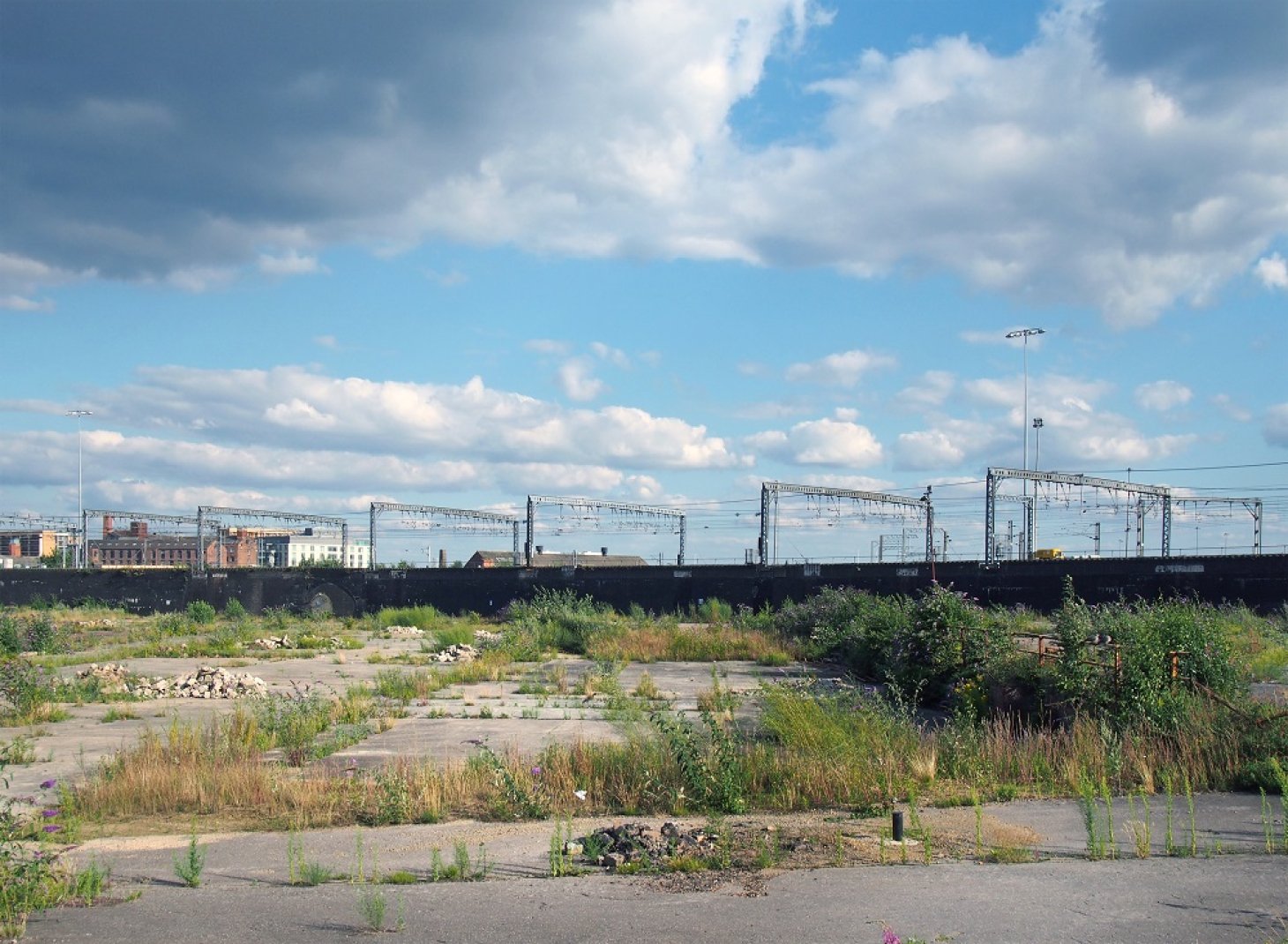
In a recent speech Housing Minister Esther McVey outlined a proposal to recruit a “Planning A Team” to help councils to negotiate speedily through the planning system. A simpler solution might be to ease up on Green Belt restrictions.
The Green Belt is precious – we need to protect our green spaces and support biodiversity. Of course we do. But some of that Green Belt land doesn’t look very green to us.
Take a stroll out of Tottenham Hale tube station. Central London 15 minutes away, surely prime commuter-land? Actually there’s a car wash. The land on which it stands is officially green belt so it’s almost impossible to get planning permission to build homes.
Across five big cities in England there are over 47,000 hectares of land like this: not particularly green, close to train stations with a good service to the city centres – enough space for 2.5 million new homes at average densities.
Meanwhile there are currently over 83,000 households living in temporary accommodation and house prices continue to spiral out of reach. The average house price in the UK has risen by 270% in the last two decades to an extraordinary 7.8 times average annual earnings – compared to 3.6 times earnings in 1997.
It’s a strange quirk of the British mentality that rising house prices are usually reported as good news, whereas an increase in the cost of any other essential is invariably considered a bad thing.
However, having an entire generation feeling left out of the property market and increasingly disillusioned by the economic policies that have got us to this point is an issue that politicians may be wise to consider.
One big reason for the house price issue is the shortage of land. Christian Hilber, Professor of Economic Geography at the London School of Economics has studied the supply and demand effects on housing in the UK.
He notes that increasing demand – by policies such as Help to Buy – without balancing policies to sufficiently stimulate supply, ultimately leads to higher prices, particularly in areas where houses are least affordable and where the productive jobs are concentrated.
It’s a cumulative problem. In the 30 years 1959-1988, 7,449,160 houses were built in England: in the 30 years 1989-2018, only 3,328,850 were built. That suggests a shortfall of 3,120,310 homes – 104,000 a year – over the last 30 years.
Compare this situation to that in Japan: in a series of reforms in the early-to-mid 2000's Japan loosened its planning system, allowing applications to be processed more quickly and giving residents more say in how the land is used.
Tokyo’s rate of housing construction has risen 30% since the reform and in the period 2013-2017 Tokyo put up as many houses as the whole of England.
Hilber looks at a number of potential solutions, but highlights the view that reviewing rules on Green Belt building could help address an increasingly urgent problem for the UK economy.
This emphatically does not mean building on environmentally valuable land: looking at those 47,000 hectares of buildable land within 800 metres of a Tottenham Hale station would surely be a good start.
Not sure that qualifies us to be on the Planning A Team, but maybe it’s time to apply.